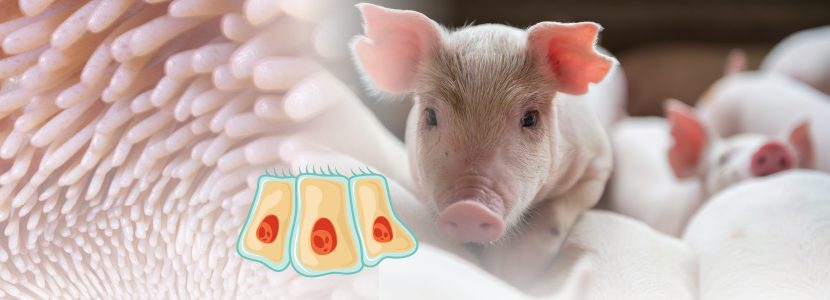The main function of the intestine is the digestion of food and the absorption of nutrients and electrolytes.
In addition, it must be regenerated through the proliferation of intestinal epithelial cells, restoring the epithelium after aggression and damage.
And last but not least, it must protect the organism from food containing toxins and from microorganisms and viruses carried by food.
The intestinal epithelium is the major component of the intestinal barrier, with the intracellular tight junctions being of particular importance through the cellular protection system where heat shock proteins play a major role.
Tight junctions, occluding junctions or zonula occludens, are cytological structures present in cells of the epithelium and endothelium that create an impermeable barrier preventing the free flow of substances between cells.
Structurally, tight junctions consist of a network of proteins, such as claudins and occludins, that bring the lipid membranes closer. These junctions generate a biochemical barrier between the apical and basolateral membrane of epithelial cells, thus allowing the polar transport.
The epithelial barrier has a neuronal and immune regulation with communication directly between the host and the gut microbiota, a process known as a cross-talk (cross communication or communication between various cell types). This communication is integrated in the brain-gut axis through mast cells of the mucosa and other intestinal mediators.
Figure 1. Stress factors after weaning in piglets and development of gastrointestinal tract barrier function
GUT MICROBIOTA
The intestinal microbiota of the piglet is established after 48 hours from birth and depends, among other things, on the sows’s feces and the flora of the birth canal.
This flora can be autochtonous or allochthonous colonising the intestinal tract. It depends on the age of the piglet, the environment, the antimicrobial agents that may interact with the piglet, the diet, stress factors and genetics.
Until now, anaerobic culture techniques were used to study it, but with the development of new molecular technologies it is possible to sequence the ribosomal subunits of RNA and know better the intestinal microflora.
The interaction between commensal (normal) and pathogenic flora, if it exists, is decisive in intestinal development and in the maintenance of intestinal homeostasis.
The functions of the intestinal microbiota include the production of nutrients like some vitamins of groups B and K, the production of volatile fatty acids like the butyric one, the stimulation of the development of the intestinal protection as well as the competitive exclusion of the pathogenic bacteria.
In the words of Celi (2017):
“The intestinal microbiota (or microbiome, which represents the genomic information of the microbiota) represents a compromise between intestinal barrier functionality, protein synthesis, beneficial nutrients and increased energy absorption of dietary components with low inherent potential, and the detrimental effects of inflammation and subinfection of clinical pathologies”
Keep up to date with our newsletters
Receive the magazine for free in digital version
REGISTRATION
ACCESS
YOUR ACCOUNT
LOGIN
Lost your password?

